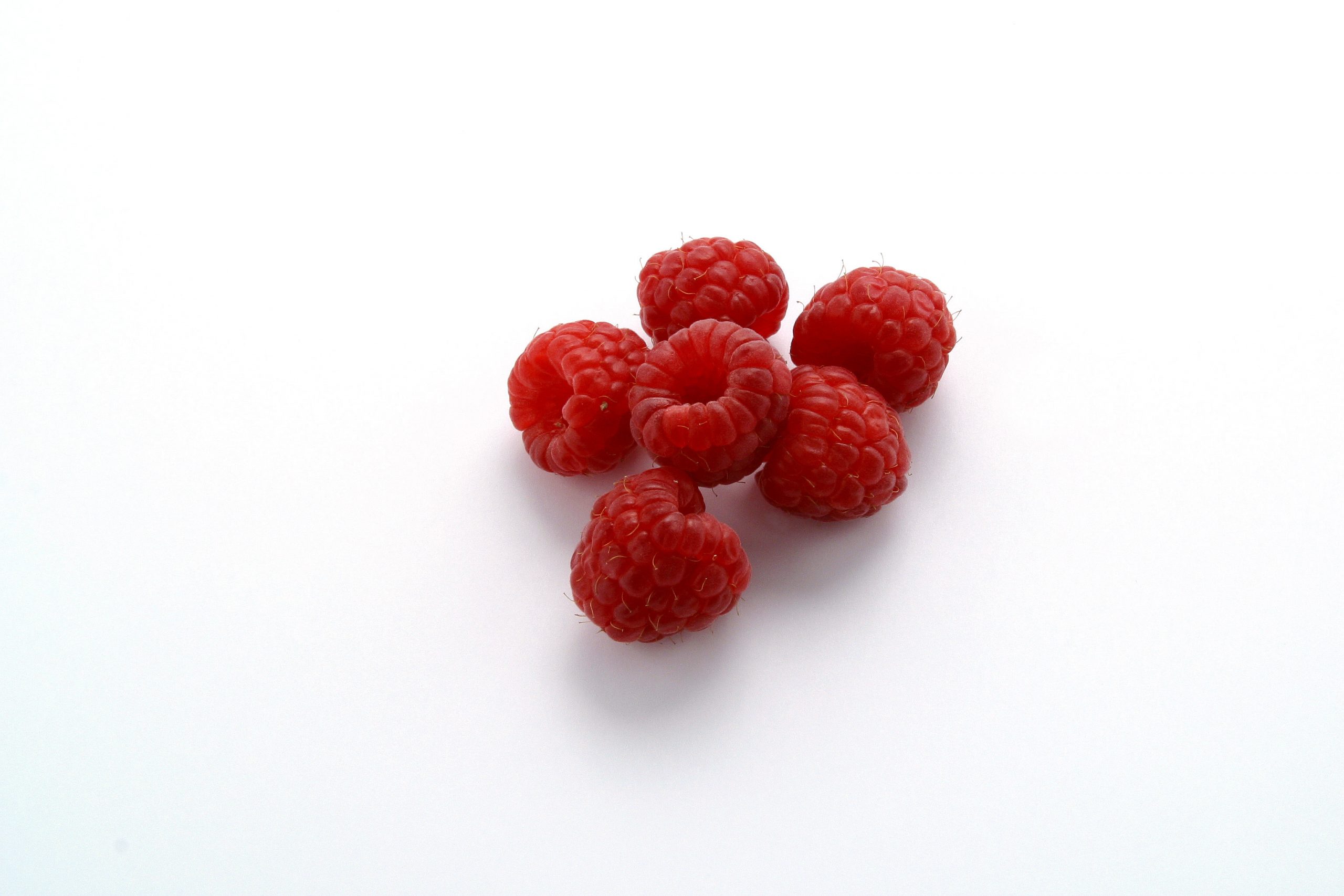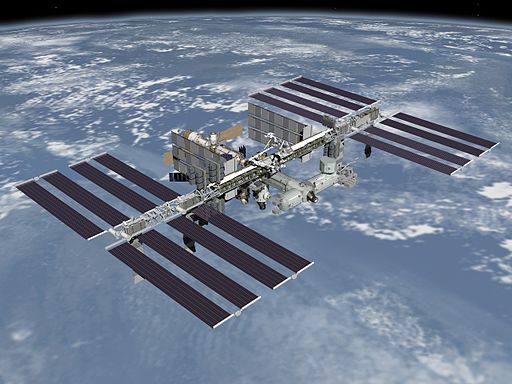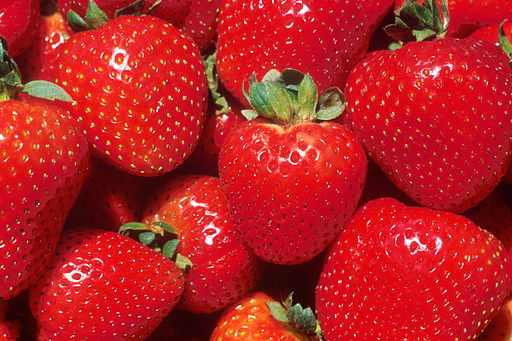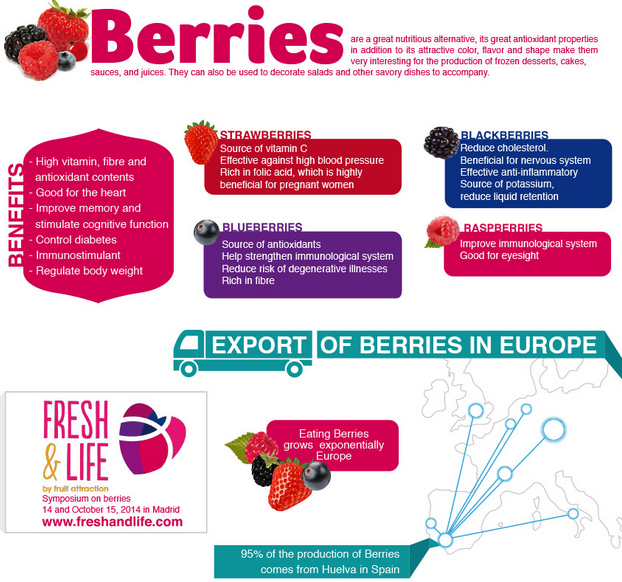
There’s been strong growth in retail sales of berries in the UK in the past year.
Driven predominantly by shoppers buying berries more often, along with a slight increase in the number of shoppers buying berries, and price inflation, the berries and currants market was worth just over £1 billion from 170,220 tons for the 52 weeks to December 6, 2015, having grown 16.8% in value and 12.8% in volume on the previous year, according to Kantar Worldpanel. The frequency of berry purchasing among berry shoppers rose 10.4% to an average of 18.1 trips with an average of 400g per trip.

Kantar Worlpanel data on berries & currants market
The strawberry market
Strawberries accounted for nearly 71% of all the berries sold in the UK.

The strawberry marked gained 10.9% in value and 8.2% in volume for respective totals of £546.7 million and 119,792 tons. According to Kantar Worldpanel, this growth was predominantly driven by shoppers buying strawberries more often, along with new shoppers and price inflation.

Kantar Worlpanel data on strawberries market
Strong growth in sales of blueberries, raspberries, blackberries
Blueberries, with 28,140 tons sold, accounted for 16.6% of berries sold, with sales worth £257.5 million, value growth of 26.9% and volume growth of 30.5%. This was predominantly driven by more shoppers buying blueberries, along with shoppers buying them more frequently and more per trip, Kantar Worldpanel said.
Worth £197.9 million from 18,358 tons sold, the raspberry market clocked 21.5% in value growth and 23.2% in volume growth. This growth was attributed to new shoppers and shoppers buying raspberries more often.
The blackberry market remains the smallest of the four, with a spend of £30.6 million from 2,786 tons, but enjoyed 20.3% value growth and 6.7% volume growth. “New shoppers and price inflation were key to growth, whilst there was a decline in trip volume,” Kantar Worldpanel said.
I, Prathyush Thomas [GFDL 1.2 (http://www.gnu.org/licenses/old-licenses/fdl-1.2.html) or FAL], via Wikimedia Commons









